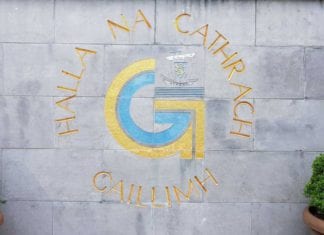
Environmental watchdog An Taisce has said that untreated sewage was discharged into the Claddagh Basin this week.
The environmental group claims that the the Storm Water Outfall at Claddagh Church discharged untreated sewage on Monday after Mutton Island wastewater treatment plant ran out of capacity.
According to An Taisce, this is a repeated breach of the operating license issued to Irish Water and Galway City Council by the Environmental Protection Agency and is therefore a breach of EU Regulations.
Galway City Council has issued swimming bans for three beaches in the city at Ballyloughane, Grattan, and Silverstrand this week.
The bans were imposed after elevated levels of E. coli and Intestinal Enterococci were detected in samples taken on Tuesday.
Peter Butler, Chairperson of the Galway Planning Committee of An Taisce said “This is the second incident during the bathing season, that An Taisce is aware of, where untreated wastewater into the Claddagh Basin, the previous one being in June.”
He added that the June incident also led to increased levels of E. coli and Intestinal Enterococci at city beaches.
Commenting on the beach closures, Peter Butler, said “Galway City Council has primary responsibility for providing safe bathing water and for proper treatment of waste water generated by the city’s households.”
“Blaming Irish Water for a problem inherited from Galway City Council is not an excuse,” he said, adding that it is “well past time” that council funds a fix for this problem, and that it should be a specific objective of the draft City Development Plan.
E. coli levels at Grattan Beach on Tuesday were 31 times (2359 versus 75 MPN/100 ml) the levels measured at Salthill Beach on the same day by HSE, the levels at Ballyloughane Beach were 2247 versus 75 MPN/100 ml.
Both were more than 100 times above the level of 20 MPN/100 ml that is considered to be Excellent Water Quality results.
E. coli levels at Silverstrand beach were six times higher than Salthill beach on the same day.













